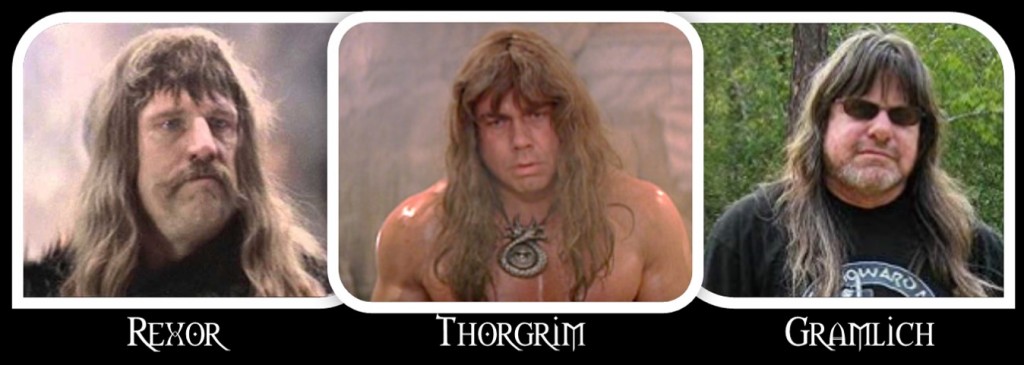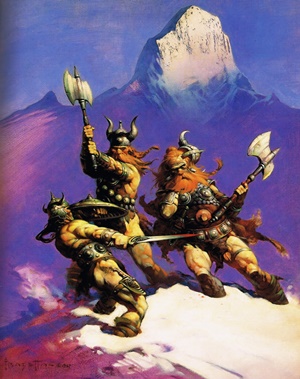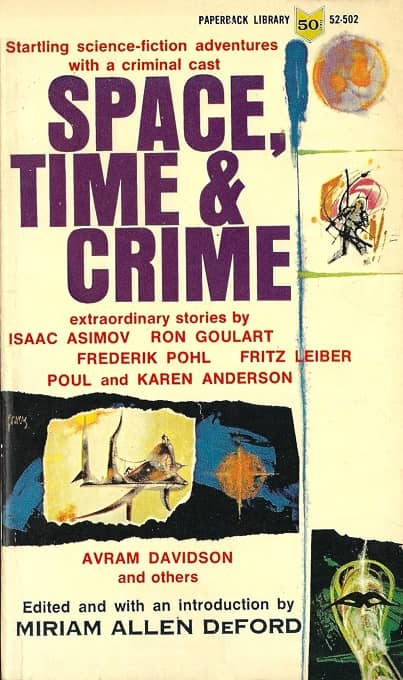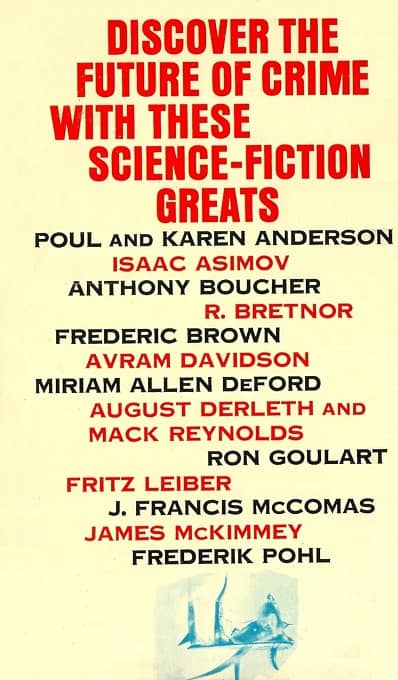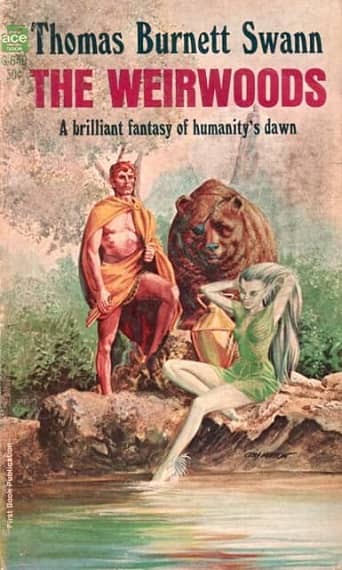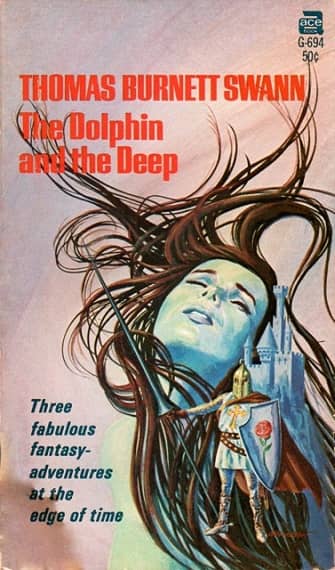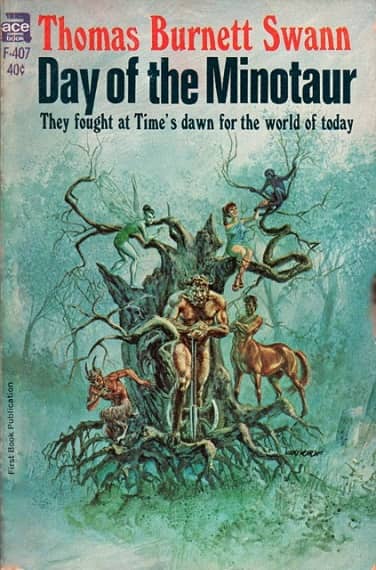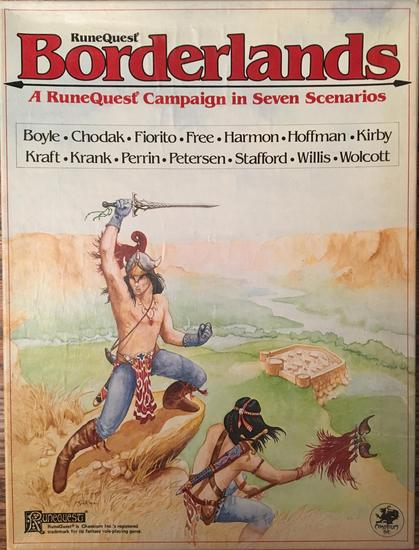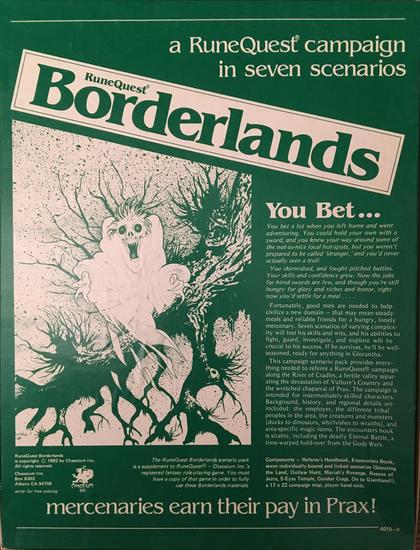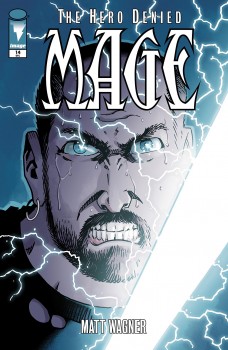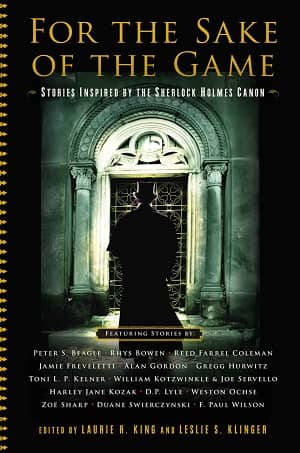Future Treasures: The Priory of the Orange Tree by Samantha Shannon
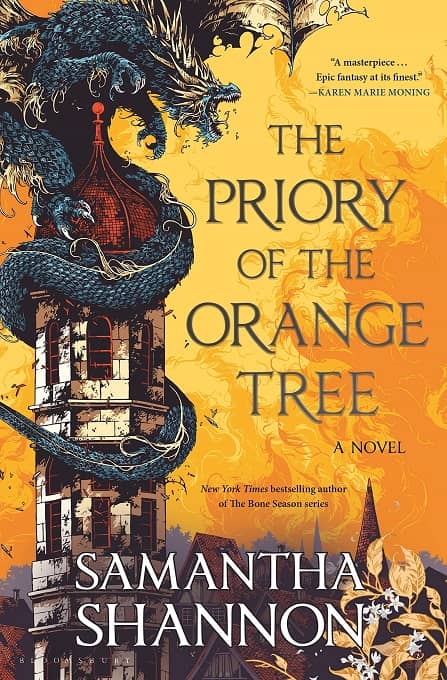 |
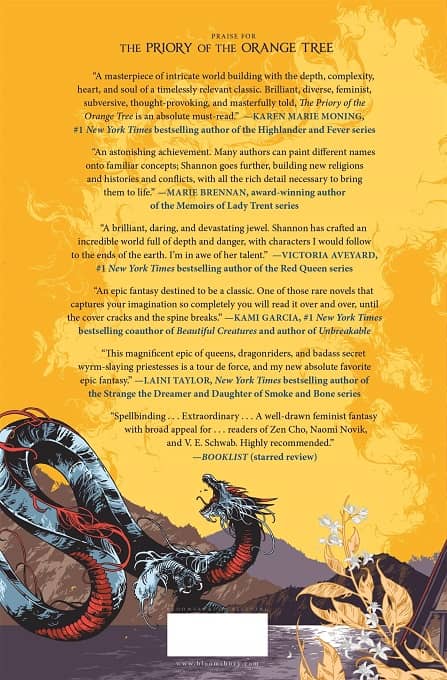 |
Samantha Shannon, author of the bestselling Bone Season trilogy, is the latest YA author to attempt the jump to adult fantasy. Her highly anticipated The Priory of the Orange Tree — all 830 pages of it — arrives in hardcover from Bloomsbury in a month.
The transition from YA superstar to mainstream success isn’t easy, however (just ask JK Rowling). But I’m extremely intrigued about this one. Mostly because of Sarah Avery’s review of The Bone Season to be honest, published right here back in 2014. Here’s the snippet that caught my eye.
Read this book. Just read it. Ignore the reviews that call Samantha Shannon the next J.K. Rowling, or call the series that opens with The Bone Season the next Hunger Games… It’s the book you would get if Philip K. Dick decided to write about the wild Victorian occult scene that flourished under Madame Blavatsky, blossomed again in the time of W.B. Yeats and Aleister Crowley, lingering until it faded with its evenstar, Dion Fortune. That is, if Philip K. Dick decided to take all that supernatural grandiosity, and steampunk adaptations of Victoriana, and turn them on their heads by transposing them into a dystopian near-future historical moment that feels intermittently like hard SF with its what-ifs scrambled.
The early reviews of The Priory of the Orange Tree have been very promising. Marie Brennan calls it “An astonishing achievement,” and Laini Taylor labels it a “magnificent epic of queens, dragonriders, and badass secret wyrm-slaying priestesses.” Publishers Weekly says it’s a “massive standalone epic fantasy with court intrigue, travel through dangerous lands, [and] fantastical religions.” Here’s the description.
